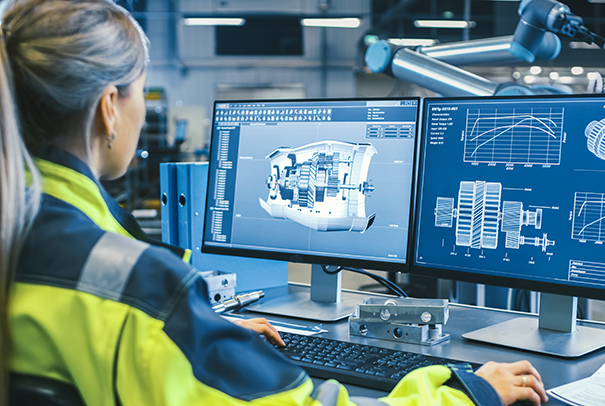
Globally, electrification is also a key foundation for sustainable development: healthcare, education, industrialisation and economic development – none possible without greater access to electricity. To square the circle, renewable energy capacity will need to be scaled up quickly.
In tandem with the drive to decarbonise electricity production, the energy sector is also undergoing fundamental and complex structural shifts. At one level, grids are becoming more decentralised, based around smaller-scale distributed renewable energy generation. At the same time, there is a move towards greater interconnectivity to bring renewable energy from the point of generation to the point of demand: for example, solar energy from Spain or North Africa to the industrial heartlands of northern Europe.
These shifts are dynamic and take place against a backdrop of continual development in renewable energy technology. As a result, not only will a large amount of new renewable generation need to be built – and in a relatively short timeframe – but the supporting infrastructure will need to be either updated or, in the case of energy storage facilities, constructed.
In a world of increasing infrastructure demand generally, this poses a challenge to the construction industry’s capacity. There is also likely to be greater scrutiny of construction methods and materials to ensure new construction is sustainable.
To meet these challenges and provide the infrastructure required to transition to a greener and more sustainable future, the construction industry must adopt new ways of working. Yet compared to many industries, construction has traditionally been slow to embrace change. As a result, efficiency gains seen in other sectors have yet to be captured by the construction industry. Significant opportunities therefore await through the application of new working practices, technologies, materials and tools.
Digital technologies, for example, will be a significant catalyst for improvement. Building Information Modelling (BIM) has a central role to play here as an enabler for many other technologies – from robotics to the latest modelling and visualisation technologies and 3D printing – and as a facilitator for new ways of collaborating and sharing information between stakeholders.
Culture will also be key. The construction industry will benefit from the recruitment and retention of new talent, particularly of digital natives. Moving to more agile workflows, with management, planning and site software tied with mobile apps, offers the opportunity to improve processes and streamline tasks. Flexible and remote working patterns have been essential through the Covid-19 pandemic and are likely to remain a part of working life going forward.
Of course, all change brings challenges alongside opportunity. From the threat of cyber-attack on new digital systems to QA/QC of construction by new technologies (e.g., 3D printing) and methods (e.g., prefabricated modular construction), the types and levels of risk encountered along the construction supply chain will need managing with suitable insurance provision a must.
Gallagher’s specialist construction insurance division offers a number of tailored products and bespoke solutions for construction projects and contractors across a range of specialist construction areas, including renewable energy.




